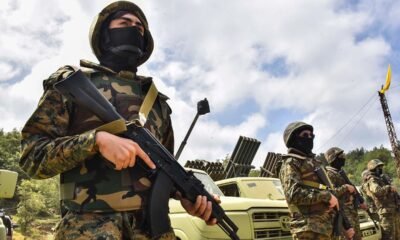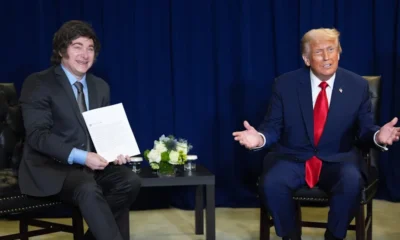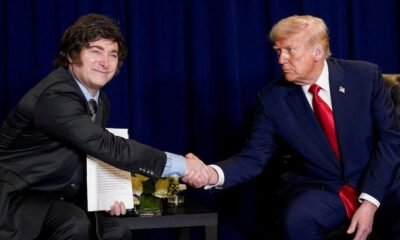INTERNACIONAL
Trump, Saudi Crown Prince Mohammed bin Salman to meet at White House amid diplomatic shifts in region
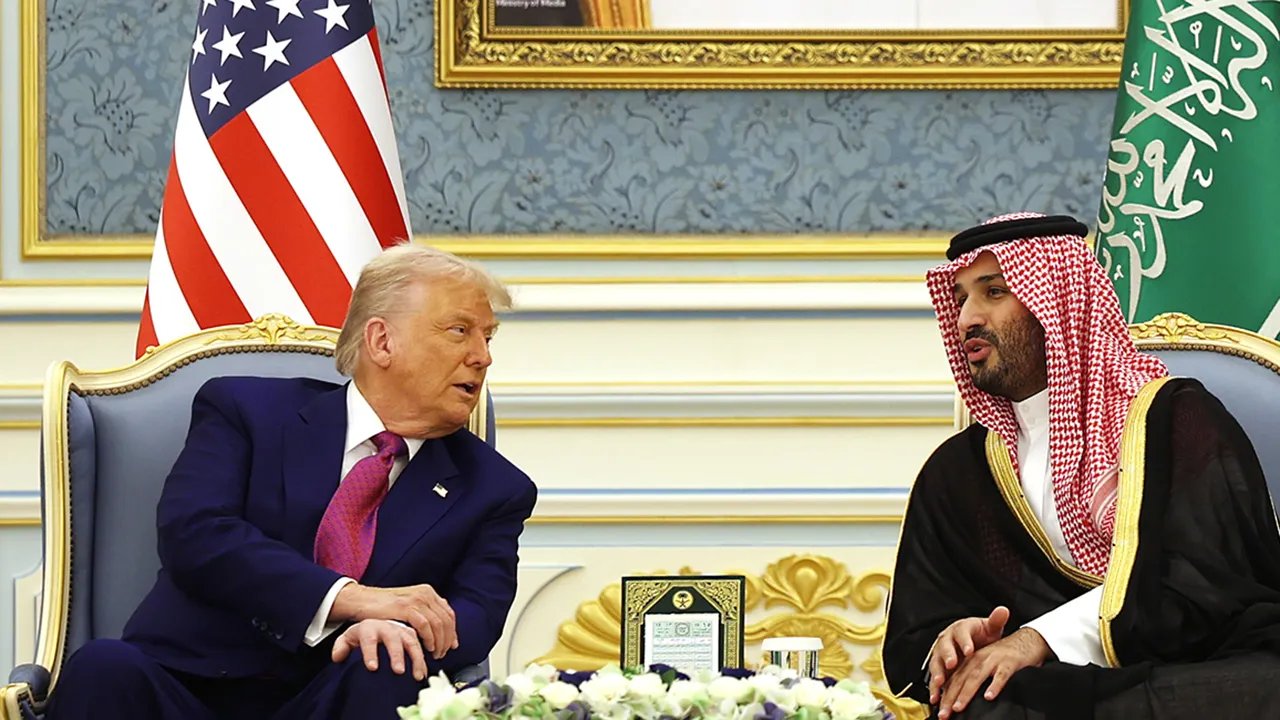
NEWYou can now listen to Fox News articles!
Saudi Crown Prince Mohammed bin Salman arrives in Washington on Tuesday for his first White House visit in seven years, marking a pivotal moment to rebuild U.S.-Saudi ties and strengthen a partnership that remains central to American security and energy interests.
Ahead of the meeting, a group of 9/11 survivors, first responders, and victims’ families urged President Donald Trump to hold Saudi Arabia accountable for its alleged role in the 2001 attacks. This follows a United States federal district court judge, George B. Daniels, ruling against Saudi Arabia’s efforts to dismiss a lawsuit brought against it by the families of 9/11 victims, which alleged the country was party to the attacks.
The visit comes as Trump has publicly confirmed the United States will sell F-35 fighter jets to Saudi Arabia, telling reporters on Monday, «I will say that we will be doing that. We’ll be selling the F-35s,» a move that immediately places Israel’s qualitative military edge and the region’s future defense architecture at the center of the conversation.
9/11 FAMILIES URGE TRUMP TO PRESS SAUDIS FOR ACCOUNTABILITY AHEAD OF MBS VISIT TO DC: ‘OVERWHELMING EVIDENCE’
On Monday, President Donald Trump confirmed the U.S. will sell F-35s to Saudi Arabia. (U.S. Air Force photo by Senior Airman Ali Stewart)
White House spokesperson Anna Kelly told Fox News Digital that «President Trump looks forward to welcoming Crown Prince Mohammed bin Salman Al Saud to the White House, where the two leaders will participate in an official working visit. Thanks to our Dealmaker-in-Chief, the United States secured $600 billion in historic investments during the President’s visit to Saudi Arabia earlier this year, and Americans can expect more good deals for our country spanning technology, manufacturing, critical minerals, defense, and more.»
A senior administration official, speaking on background, told Fox News Digital that the expected agreements will include a multi-billion dollar investment in America’s AI infrastructure, enhanced cooperation on civil nuclear energy, and defense sales aimed at strengthening defense cooperation between the two countries.
The official added that the visit will also focus on the fulfillment of the Saudis’ $600 billion investment pledge through dozens of targeted investments across key U.S. sectors.
In Saudi Arabia, the visit is being seen as historic. Aziz Alghashian, a lecturer in international relations at Naif Arab University in Riyadh, said there is «a lot of excitement. The Saudis have said they’re not isolated in the region… this is back through open doors and the front door again.» He said the moment reflects a broader shift in how Saudis understand their country’s place in the world. According to Alghashian, Trump’s repeatedly warm comments about the crown prince and the kingdom also contribute to a sense that Riyadh is re-entering Washington on strong footing.
The visit by MBS will be his first White House appearance since the 2018 killing of journalist Jamal Khashoggi, which U.S. intelligence assessed he approved, a charge he denies.
Jacob Olidort, director for American Security at the America First Policy Institute, told Fox News Digital that «Saudi Arabia is one of the top partners of ours in the region,» calling the trip «well overdue, a reset of relations.»
At the heart of the visit is the emerging U.S.-Saudi security pact. Alghashian described its purpose in three words: «elevate, facilitate and consolidate.»
In his view, the agreement is meant «to elevate the Saudi-American relationship,» transforming it from what he called a «strategic partnership» into a more formalized security alignment. Although not a full treaty, which Riyadh had previously pursued, the pact would still represent the most significant upgrade to the relationship in decades. He said the shift also has a domestic political rationale in Washington, arguing that being included in an «alliance» category «helps make Saudi Arabia become more of a bipartisan issue, and not just necessarily a Trump legacy.»
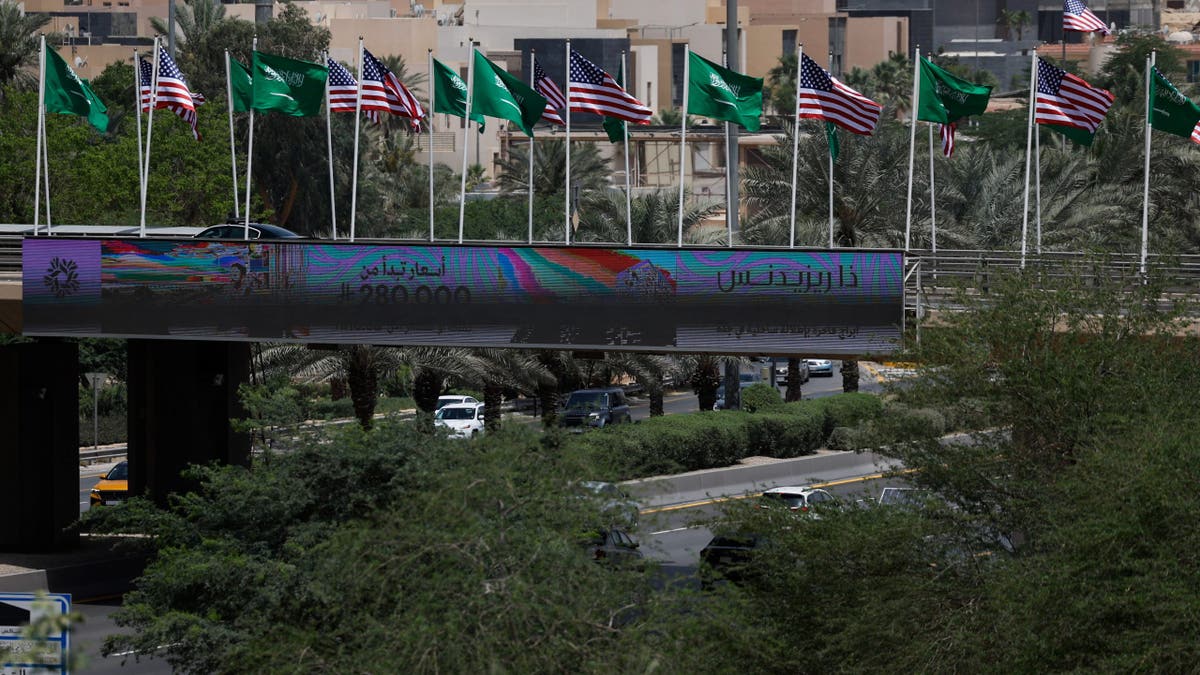
U.S. and Saudi flags flutter on the major highways of Riyadh ahead of the arrival of U.S. President Donald Trump to Riyadh, Saudi Arabia on May 12, 2025. (Hamad I Mohammed/Reuters)
Alghashian added that Saudi Arabia wants to finalize as much as possible now. «The Saudis… feel urgency to get as much as they can from the Trump administration before these deals get complicated in the next administration,» he said.
That urgency extends to nuclear cooperation, where Saudi Arabia has made clear that while China and South Korea exist as alternatives, its preference is for an American program. «Saudi Arabia really wants American nuclear cooperation because it adds more security,» he said, adding that Riyadh will not «wait forever» if conditions become overly restrictive but sees the current U.S. posture as an opening.
UN SECURITY COUNCIL BACKS TRUMP’S GAZA PEACE PLAN AFTER WALTZ CALLS TERRITORY ‘HELL ON EARTH’

Riyadh, Saudi Arabia: view over the business district along King Fahd Road, with Olaya Street on the left – skyline with skyscrapers, Olaya Towers, Al Faisaliah tower, Marriot, Hamad Tower.
Olidort said Saudi Arabia has been «very categorical» in what it expects in a changed Middle East: a defense pact and movement on Palestinian statehood. He recalled hearing a senior Saudi official say recently that «there will be no regional integration without Palestinian statehood,» a line that reflects the kingdom’s long-standing public position that recognition of Israel will only come after a credible pathway to a Palestinian state is in place.
Still, Olidort said full Saudi-Israel normalization may not be necessary at this moment for U.S. priorities to advance. He said normalization «doesn’t need to be the immediate priority» and suggested that «an upgraded deepening of cooperation, but short of full normalization,» could be possible if both sides see value in closer security integration.
TRUMP SECURES DEALS WITH 3 MIDDLE EASTERN NATIONS IN 1ST MAJOR TRIP OF 2ND TERM
That perspective is particularly relevant given the war in Gaza and Riyadh’s position on reconstruction. As Alghashian noted, Saudi Arabia has said it «will not do reconstruction unless Hamas is gone and Israel withdraws,» a stance that places the kingdom at odds with any rushed postwar plan and, in his view, leaves the region «in no man’s land.»
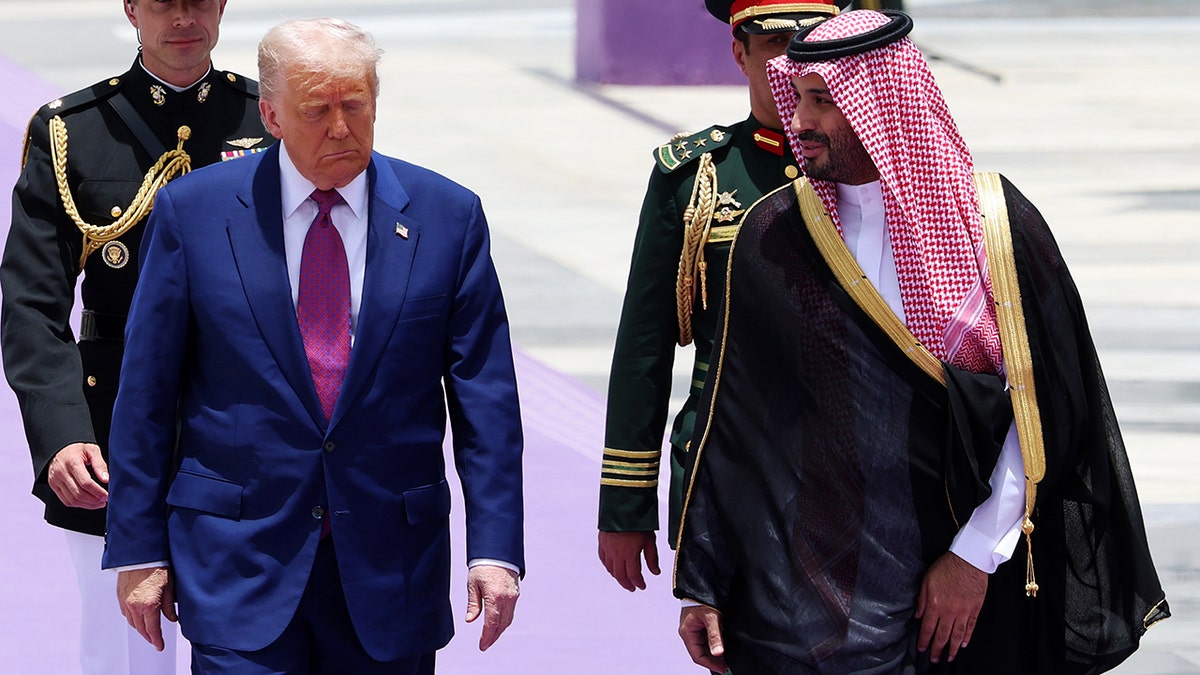
U.S. President Donald Trump walks with Saudi Crown Prince Mohammed bin Salman during an official state arrival ceremony at the Saudi Royal Court on May 13, 2025, in Riyadh, Saudi Arabia (Win McNamee/Getty Images)
Trump’s decision to approve F-35 sales to Saudi Arabia adds another layer. Saudi Arabia has formally requested up to 48 of the fifth-generation jets, making it the largest potential F-35 buyer outside NATO and the first Arab state after the United Arab Emirates to receive them. The move would test Washington’s commitment to maintaining Israel’s qualitative military edge.
Olidort, however, argued that the sale does not automatically threaten Israel’s superiority. «I don’t know that it will mean Israel losing air superiority,» he said, noting that Israel’s defense and aerospace sectors are «world-class» and that the sale could «potentially deepen collaboration between Israel and Saudi Arabia and make each of our partners… more effective.»
Beyond defense, the visit is also anchored in technology. Saudi Arabia is pushing for access to advanced American AI chips and positioning itself as a global data and energy hub.
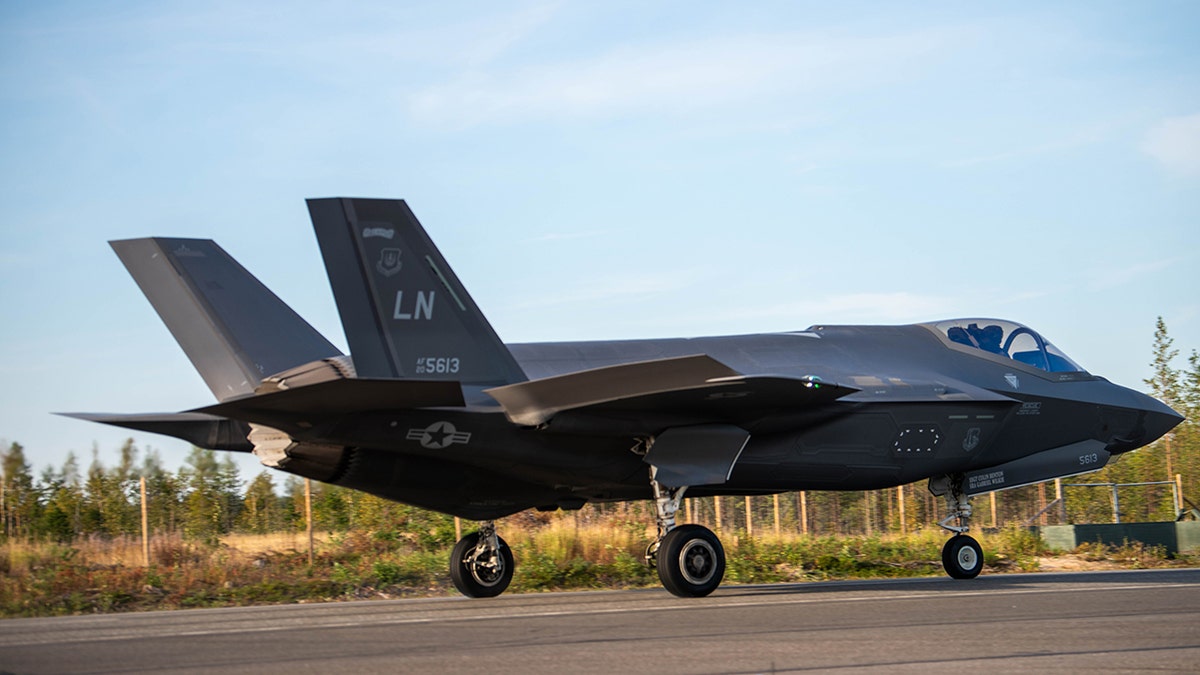
A U.S. Air Force F-35 Lightning II assigned to 48th Fighter Wing RAF, Lakenheath, U.K., lands during exercise BAANA 2024 on Hosio Highway strip, Ranua, Finland, Sept. 4, 2024. (U.S. Air Force photo by Airman 1st Class Tabatha Chapman)
CLICK HERE TO GET THE FOX NEWS APP
Olidort framed the issue bluntly, saying AI cooperation with Saudi Arabia is a strategic priority for Washington because «the United States is in ‘a race’ with China» and cautioning that «if we don’t get there, then we will be in a China-dominated AI space.» That view reflects the broader U.S. assessment that the future of artificial intelligence — from data-center capacity to semiconductor access — is inseparable from great-power competition.
Fox News’ Alec Schemmel contributed to this report.
donald trump,mohammed bin salman,saudi arabia,israel,middle east,artificial intelligence
INTERNACIONAL
86 Dems vote with Republicans to condemn socialism in wake of Mamdani’s mayoral victory
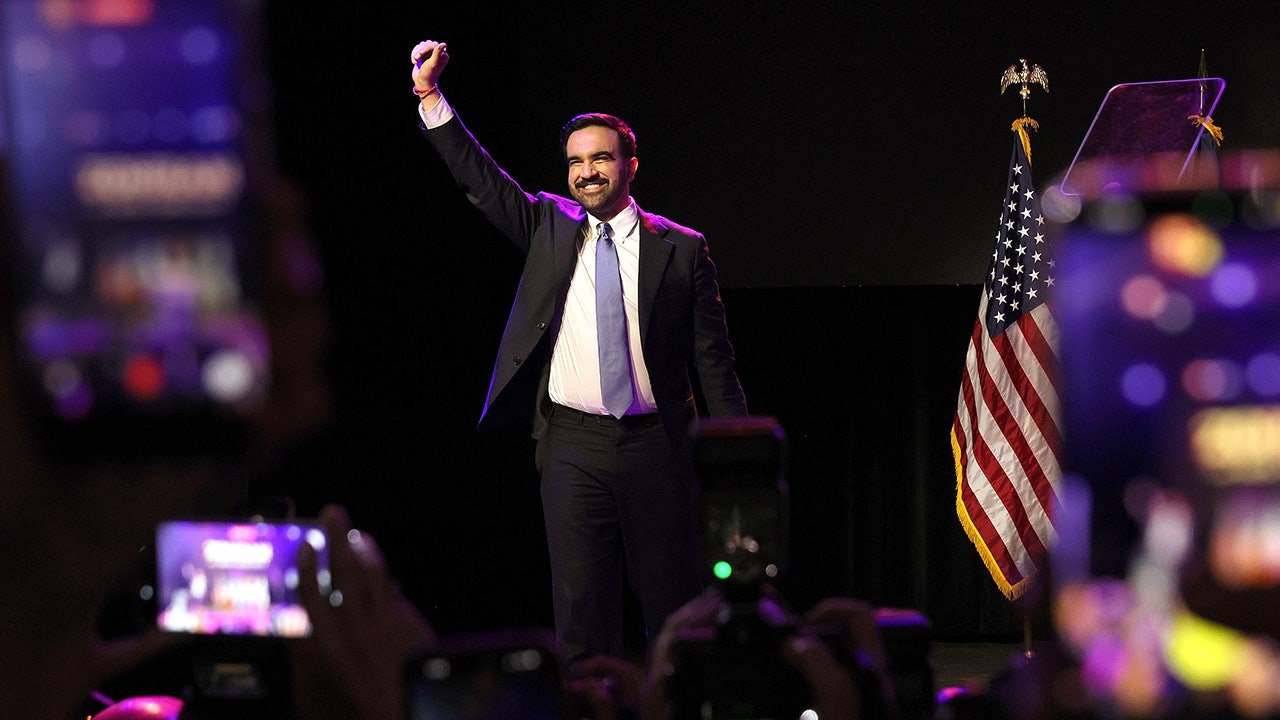
NEWYou can now listen to Fox News articles!
The House of Representatives overwhelmingly voted in favor of a resolution condemning socialism Friday morning, with several Democrats crossing the aisle to rebuke «socialist policies» in the U.S. following Zohran Mamdani’s recent election as the mayor-elect of New York City.
Eighty-six Democrats joined Republicans in supporting the measure in a 285-98 vote. Two members, Rep. Deborah Ross, D-Pa., and Rep. Janelle Bynum, D-Ore., voted present.
Notably, House Minority Leader Hakeem Jeffries, D-N.Y. — who endorsed Mamdani just days before the mayoral election — also voted in favor of the measure.
The resolution, introduced by Rep. Maria Salazar, R-Fla., highlights a list of the economic system’s failures and serves as a rebuke of political forces inching toward more socialist platforms. Among other items, it asserts that socialism has led to famine and mass murder under the Cuban Castro regime, the Chinese rule of Mao Zedong, the ongoing Venezuelan regime of Nicolás Maduro and others.
«Resolved by the House of Representatives that Congress denounces socialism in all its forms and opposes the implementation of socialist policies in the United States,» the text reads.
SOCIALIST WAVE GOES COAST-TO-COAST AS HISTORIC WINS SHAKE UP THE 2025 MAYORAL ELECTIONS
Rep. Maria Salazar, R-Fla., speaks during a roundtable discussion at the U.S. Capitol in Washington on Mar. 3, 2025. (Kayla Bartkowski/Getty Images)
While the resolution itself isn’t binding, the congressional rebuke comes as socialism — and its political momentum — have taken up a larger share of the national spotlight in recent months.
Progressive candidates like Bernie Sanders, I-Vt., Alexandria Ocasio-Cortez, D-N.Y., and others have continued to push for an increased government role in public services like healthcare and education. That’s dovetailed with new champions of progressive policies like Mamdani, a self-described socialist.
The resolution also comes as Mamdani is set to meet with President Donald Trump on Friday.
Rep. Byron Donalds, R-Fla., said he believes socialism is incompatible with the American ideal of freedom. He applauded the resolution on Friday morning.
«It always leads to a destruction of liberties for people,» Donalds said of socialism.
DEMOCRATS DID START THE FIRE OF SOCIALISM. NOW, THEY ARE AFRAID IT WILL BURN THEM
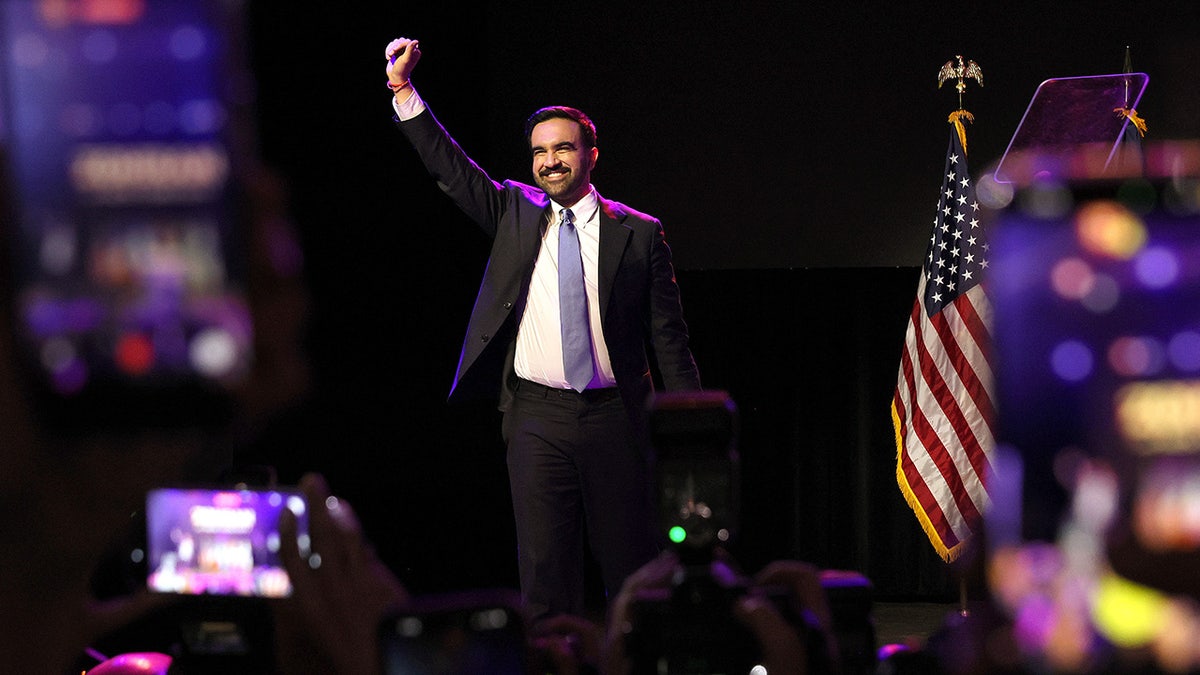
New York City Democratic Mayor-elect Zohran Mamdani celebrates as he takes the stage at his election night watch party at the Brooklyn Paramount in New York City on Nov. 4, 2025. (Michael M. Santiago/Getty Images)
He noted that socialism requires a top-down structure of authority to manage the distribution of resources. That, he believes, is a trait shared by other forms of oppressive government.
«We have a responsibility to defend the American core of capitalism, free markets and liberty [against] socialism, democratic socialism, communism, authoritarianism, fascism,» Donalds said.
While increasingly progressive wings of the Democratic Party have enjoyed momentum in recent months at a time when the party has struggled to unite behind a cohesive brand, not all Democrat lawmakers view socialism’s emergence as something the party should embrace.
Rep. Tom Suozzi, D-N.Y., one of the members who voted for the disapproval resolution on Friday, has opposed overtly socialist platforms, urging his Democrat colleagues to return to a more centrist path.
REPUBLICANS PUSH TO MAKE MAMDANI THE NEW FACE OF THE DEMOCRATIC PARTY
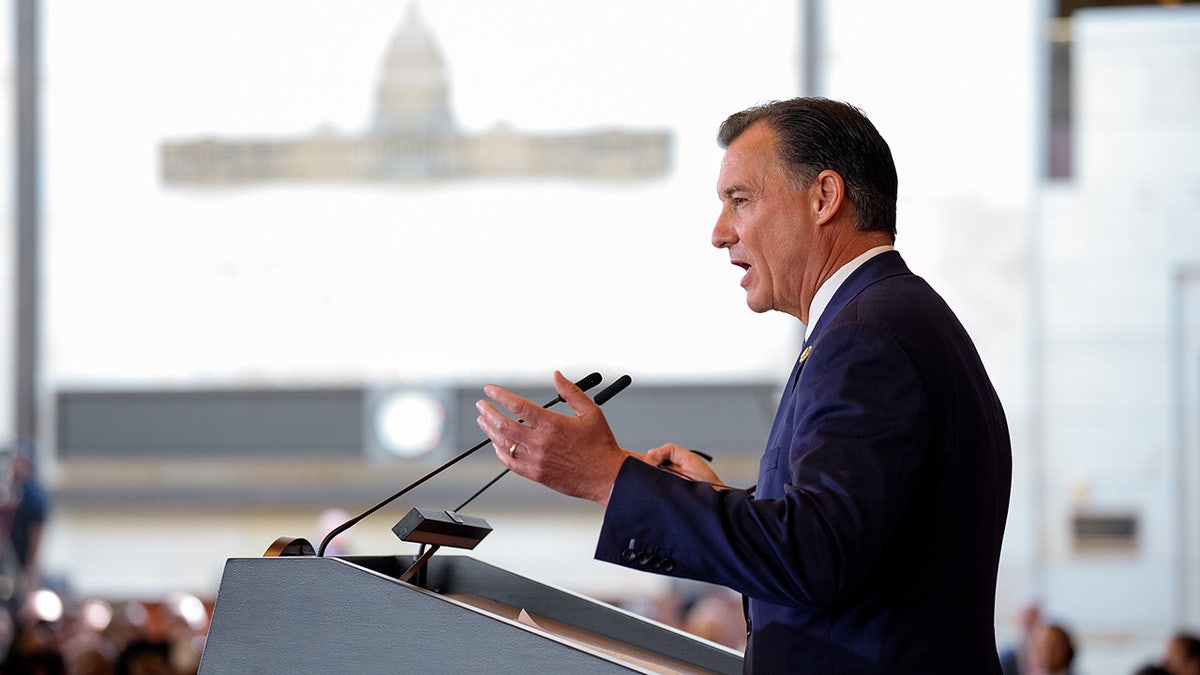
Rep. Tom Suozzi, D-N.Y., speaks during a Congressional Gold Medal ceremony on Capitol Hill in Washington on Sept. 3, 2025. (Andrew Harnik/Getty Images)
CLICK HERE TO GET THE FOX NEWS APP
«I talk about being a new kind of old-fashioned Democrat and giving policy prescriptions about what we need to do to address people’s concerns about the economy and affordability and the cost of living and wages,» Suozzi wrote on X earlier this month. «The answer is not the populism of Donald Trump or Zohran Mamdani — it’s about giving specific policy prescriptions.»
politics,congress,socialism
INTERNACIONAL
Mientras el mundo busca energías limpias, millones siguen sin tener electricidad

Estilos
INTERNACIONAL
Israel-Hezbollah border tensions rise as terror group rearms, resists US- backed ceasefire
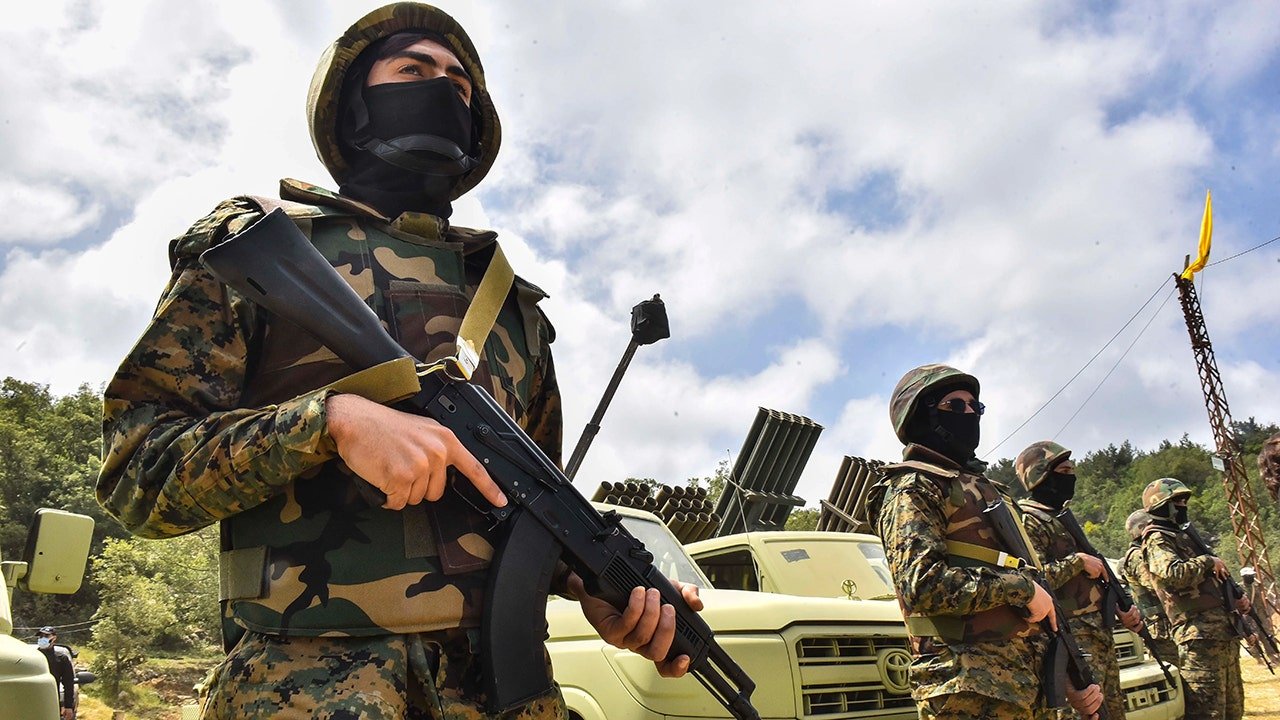
NEWYou can now listen to Fox News articles!
The Iran-backed Lebanese terrorist movement Hezbollah is rebuilding its military arsenal on Israel’s northern border, as experts warn that another war between the two sides could be on the horizon. The latest developments come a year after the U.S. helped broker a ceasefire between the parties.
On Wednesday, IDF spokesman Nadav Shoshani, said Hezbollah had engaged «in a blatant violation of the ceasefire agreement.» Shoshani also released a video showing the rearming, claiming the terror group was «operating to reestablish its assets in the village of Beit Lif.»
Critics argue that the U.N. peacekeeping force, UNIFIL, is not fulfilling its mandate to disarm the terror group and the Lebanese Armed Forces are moving too slowly, which has led to continued Israeli actions against the terrorists. The IDF has been launching near-daily strikes against the group’s infrastructure and operatives inside Lebanon.
IRAN SMUGGLED $1B TO HEZBOLLAH THIS YEAR DESPITE US SANCTIONS, TREASURY OFFICIAL SAYS
Hezbollah fighters attend the funeral of their commander Wissam al-Tawil, in the village of Khirbet Selm, south Lebanon, Tuesday, Jan. 9, 2024. A war of words that has unfolded in Lebanon show longstanding schisms in the small country over Hezbollah, now amplified by the militant group’s role in the Lebanon-Israel border clashes and by fears that an already crisis-hit Lebanon could be dragged into an all-out war. (AP Photo/Hussein Malla, File)
Sarit Zehavi, a leading Israeli security expert on Hezbollah from the Israel Alma Research and Education Center, told Fox News Digital that Hezbollah does not currently «have the capability to carry out an October invasion. They had it prior to Oct. 7, 2023. They can send in a few terrorists. I want to believe it will take a few years to get those capabilities back.»
Fox News Digital exclusively reported last year on Hezbollah’s war plan to invade northern Israel and carry out a scorched-earth campaign against the Jewish state.
A day after the Iran-backed Hamas invaded Israel on Oct. 7, 2023, and massacred over 1,200 people, Hezbollah launched missile attacks against Israel.
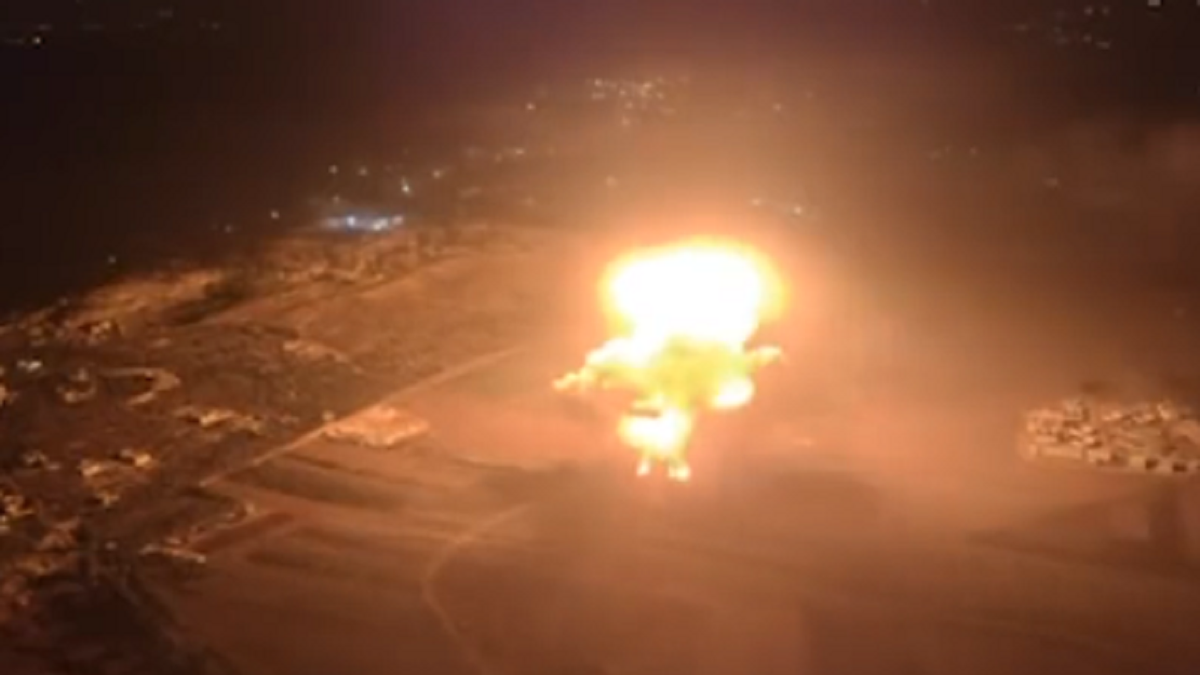
A strike against Hezbollah that the Israeli Air Force says was carried out overnight. (Israeli Air Force)
WHAT IS THE DIFFERENCE BETWEEN THE MIDDLE EAST’S HEZBOLLAH AND HAMAS GROUPS?
Zehavi said, «Both the IDF and Hezbollah are very active. The IDF is very active to stop the rehabilitation of Hezbollah and Hezbollah is very active in rebuilding. Hezbollah learned lessons. It has been more problematic to smuggle weapons to Lebanon from Syria. It is happening. But the Syrians intercepted weapons.»
She noted that the «Syrian regime is willing to fight Hezbollah to fight weapons smuggling. Hezbollah is relying more on manufacturing rockets.»
Zehavi, who lives in northern Israel, said that «almost half of Israeli attacks on Hezbollah are south of the Litani river. We see a lot of investment from Hezbollah in drones, short-range rockets, mortars and anti-tank missiles.»
On Tuesday in Germany, prosecutors started a trial against an alleged Hezbollah member running «an extensive drone program for some time.»
The German Federal Prosecutor’s Office said the suspected Hezbollah operative Fadel Z joined Hezbollah more than 10 years ago and worked as a «foreign operator» for the group’s drone program in 2022 in Spain and Germany.
Zehavi said it suffered a defeat of its leadership via the Mossad pager attack on its commanders. However, she added, «Iran immediately provided oxygen to Hezbollah for treatment to help revive Hezbollah.»

Hezbollah fighters carry the coffin of four fallen comrades who were killed Tuesday after their handheld pagers exploded, in the southern suburb of Beirut, Lebanon, on Wednesday, Sept. 18. (Bilal Hussein/ AP)
ISRAEL DEGRADES IRAN-BACKED HEZBOLLAH TERRORISTS IN SPECTACULAR PAGER EXPLOSION OPERATION: EXPERTS
She outlined Israel’s main defense strategy against Hezbollah. First, the IDF has positions in Syria and Lebanon. «We cannot have civilians on the front line. The IDF is on top of hills in Israel and Lebanon and can see everything and can respond quickly to terrorist activities. This means when an Israeli woman opens her window and used to see a Hezbollah flag, she now sees an Israeli flag. This gives her a sense of security. This was not present before Oct. 7.
She estimates Hezbollah has 50,000 terrorists and 50,000 reservists. «We killed a few thousand terrorists.»
The IDF made dramatic advances in eradicating Hezbollah’s missile arsenal. «We degraded 80%» of the rockets, Zehavi said, noting the elimination of sizable numbers of Hezbollah’s long-range and highly accurate missiles.
Edy Cohen, a Lebanese-born Israeli scholar of Hezbollah, said, «There is no lack of arms for Hezbollah in Beirut and Lebanon. Lately, we saw many reports that Hezbollah received arms from Syria and Iran is trying to send arms by civilian Iranian airplanes.»
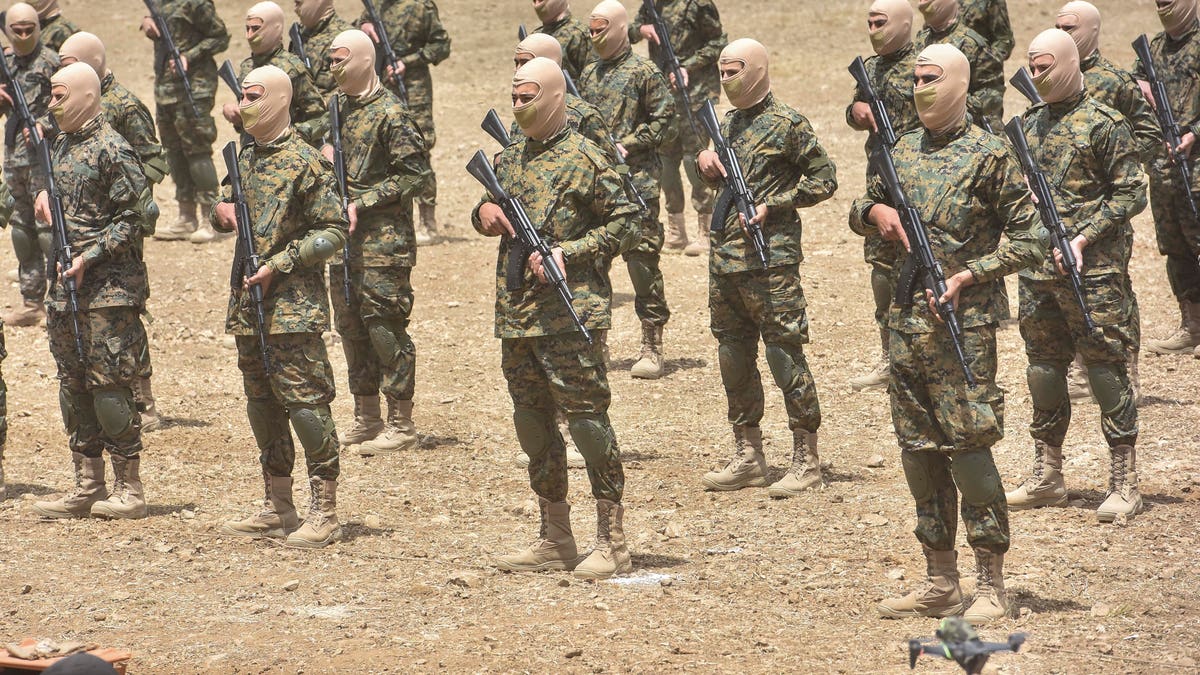
Lebanese Hezbollah fighters are taking part in cross-border raids, part of a large-scale military exercise, in Aaramta bordering Israel on May 21, 2023 ahead of the anniversary of Israel’s withdrawal from southern Lebanon in 2000. (Fadel Itani/NurPhoto via Getty Images)
HEZBOLLAH’S NEIGHBORS: ISRAELI BORDER COMMUNITY UNDER CONSTANT ATTACK FROM TERROR GROUP
He said there is enormous pressure on Hezbollah and every week Israel is killing Hezbollah operative. The Shiite community in Lebanon wants Hezbollah to retaliate against Israel, said Cohen, adding, «For the Shiite community Hezbollah is the state.»
Cohen said the IDF is gathering intelligence information about Hezbollah’s arsenal and attacking almost every day its leaders and operatives.

Hezbollah terrorists are taking part in cross-border raids, part of a large-scale military exercise, in Aaramta, bordering Israel, on May 21, 2023 ahead of the anniversary of Israel’s withdrawal from southern Lebanon in 2000. (Fadel Itani/NurPhoto via Getty Image)
He warned that because «Hezbollah said it will not disarm its militia … the big war will come.»
Fox News Digital reported in early November that Trump’s U.S. Ambassador to Turkey, Thomas Barrack, who also serves as envoy to Syria, said that Lebanon is a «failed state,» because of its «paralyzed government.»
CLICK HERE TO DOWNLOAD THE FOX NEWS APP
He also noted that Hezbollah retains 40,000 fighters and between 15,000 and 20,000 rockets and missiles, noting the terror group pays its militia $2,200 per month, whereas the Lebanese Armed Forces soldiers earn $275 a month and have inferior equipment as well.
israel,terrorism,conflicts,lebanon,national security

